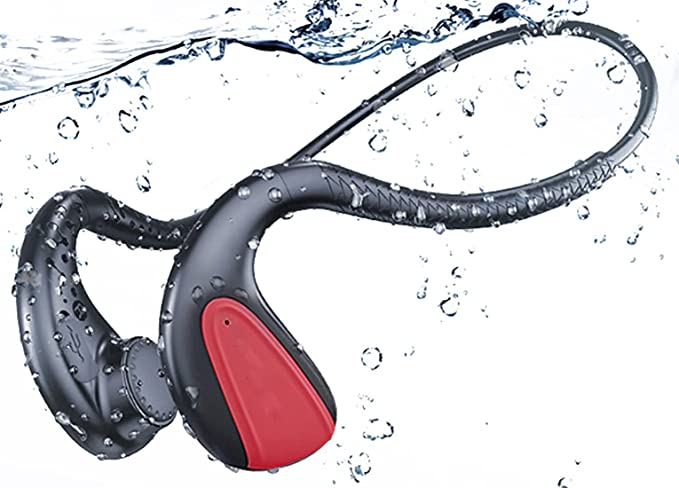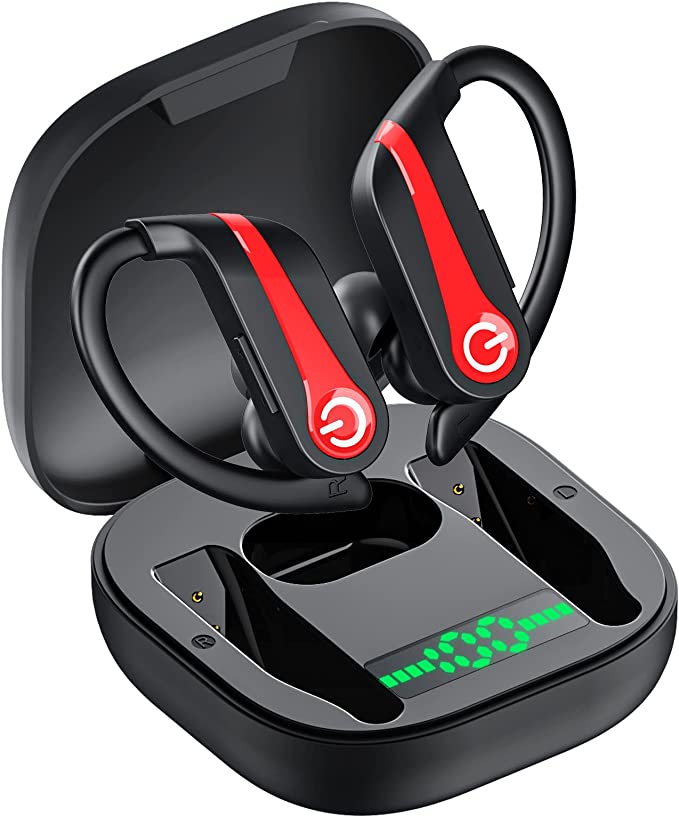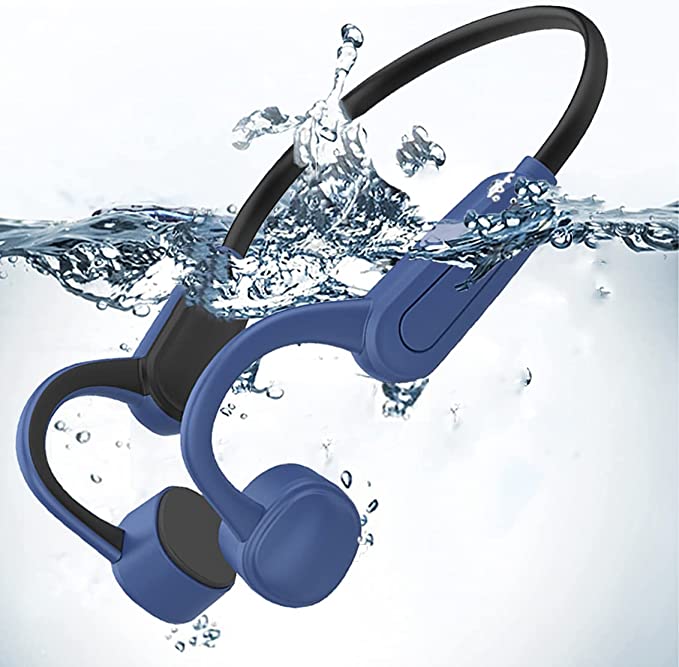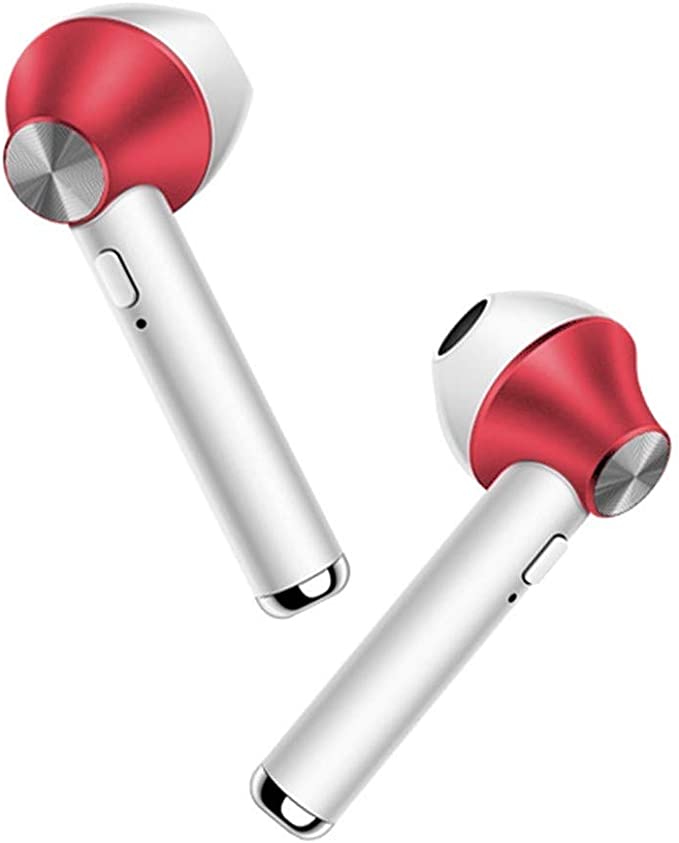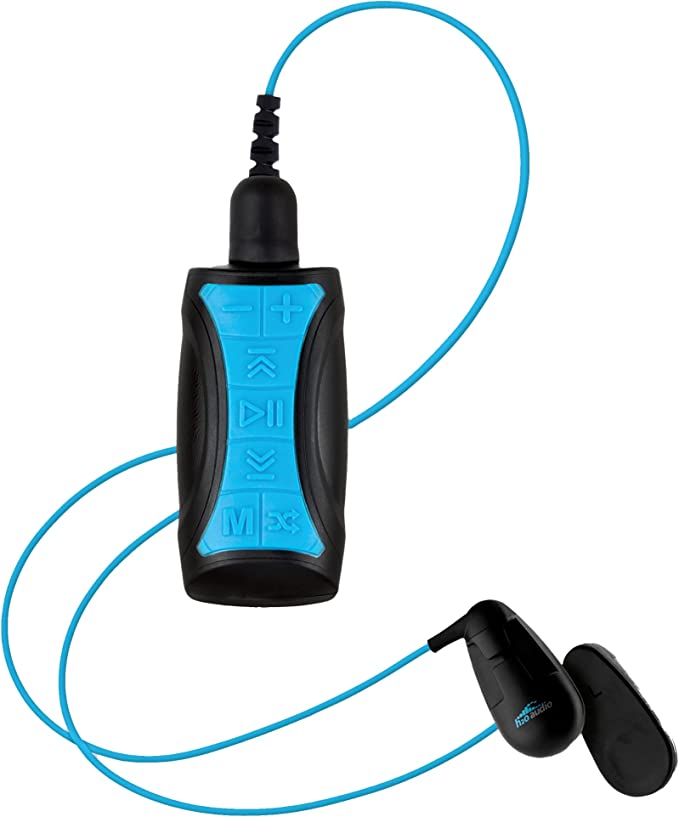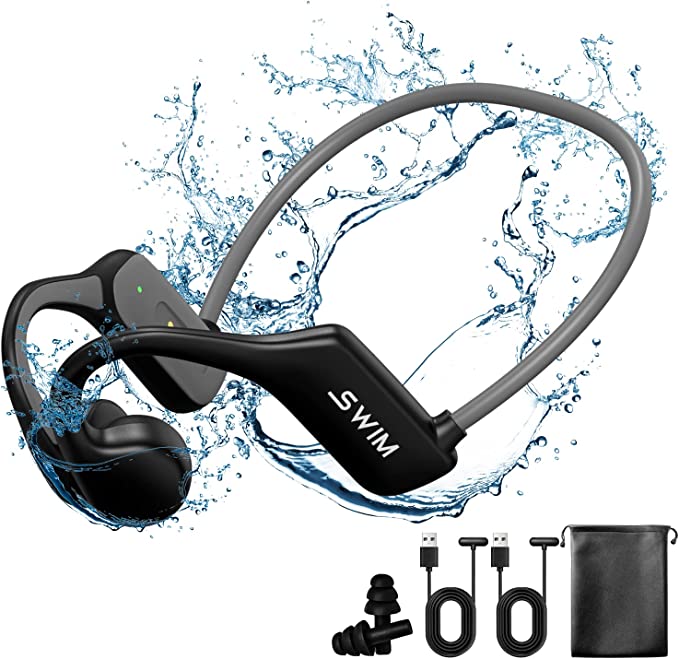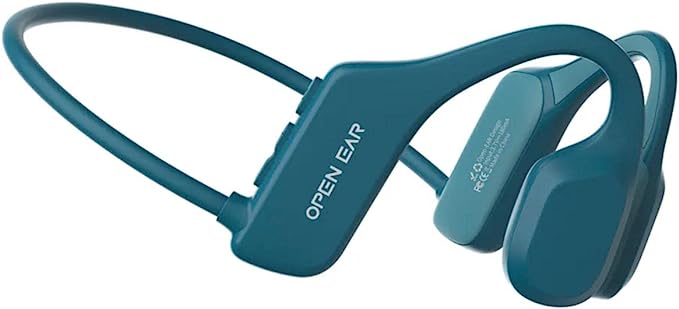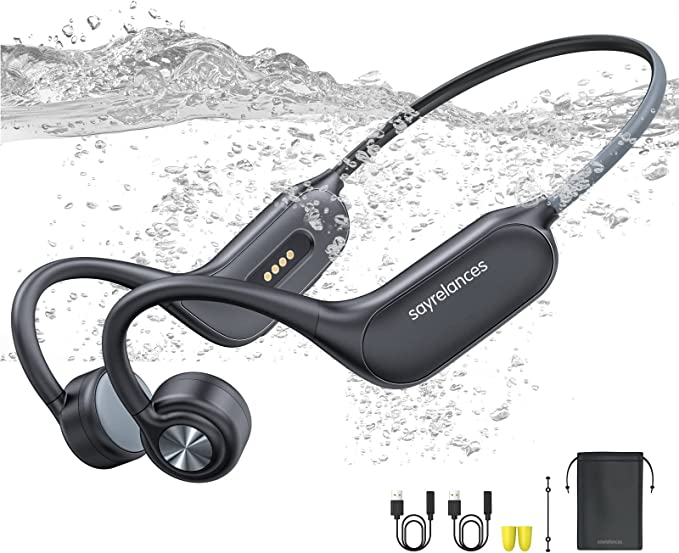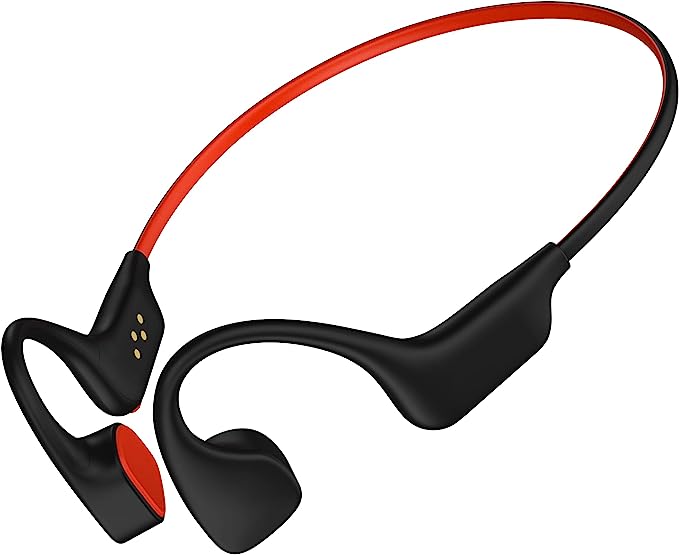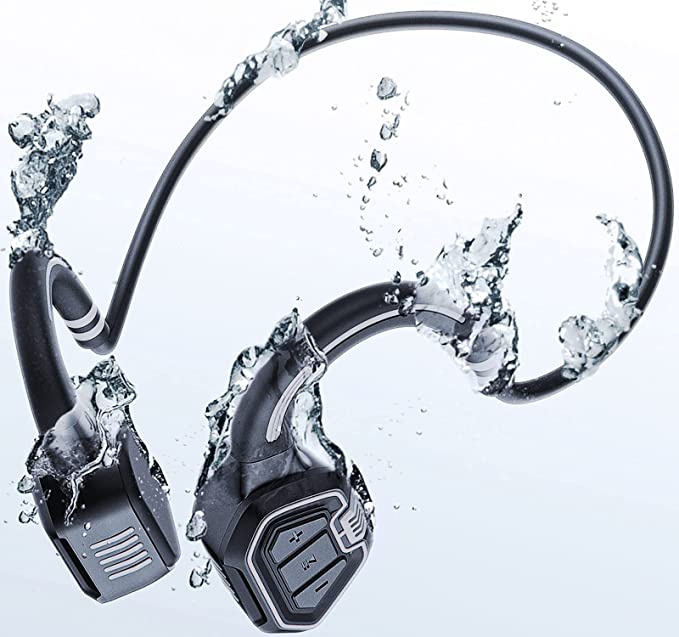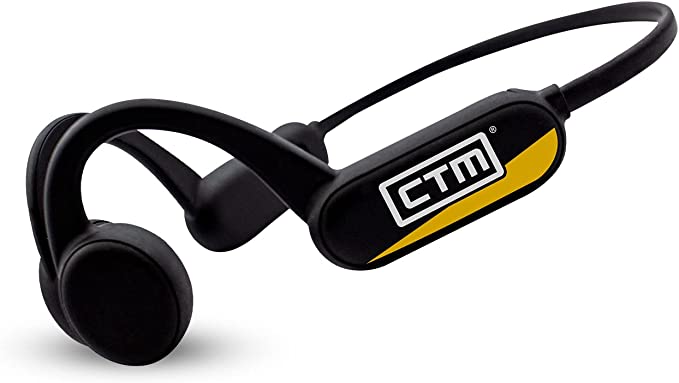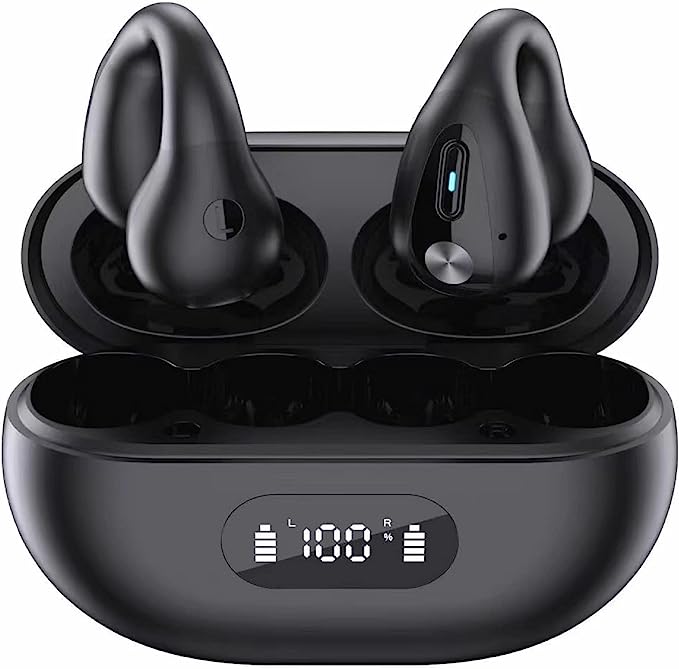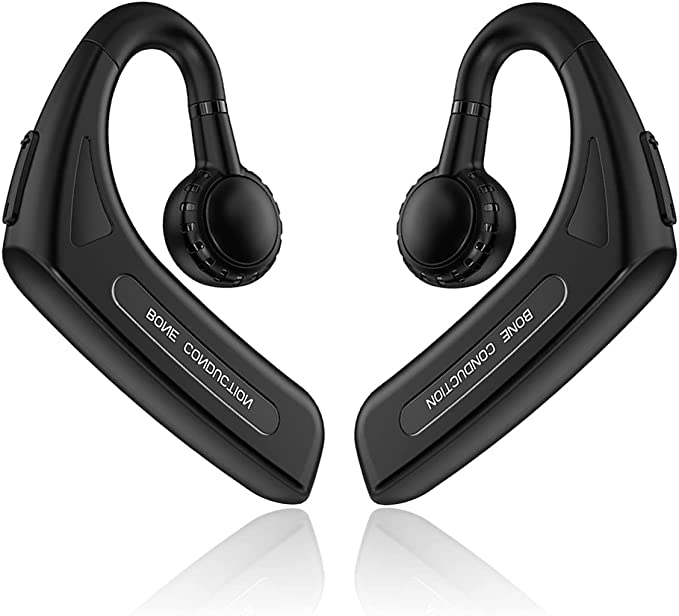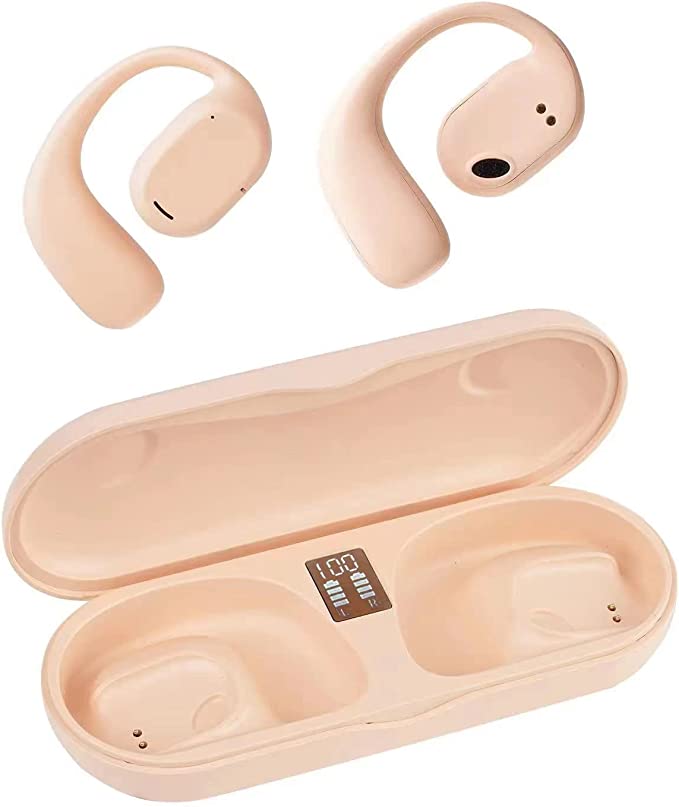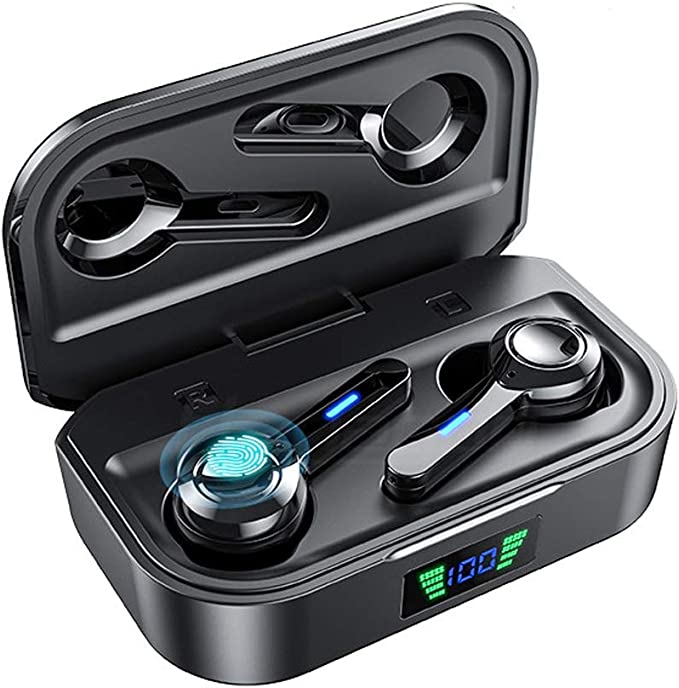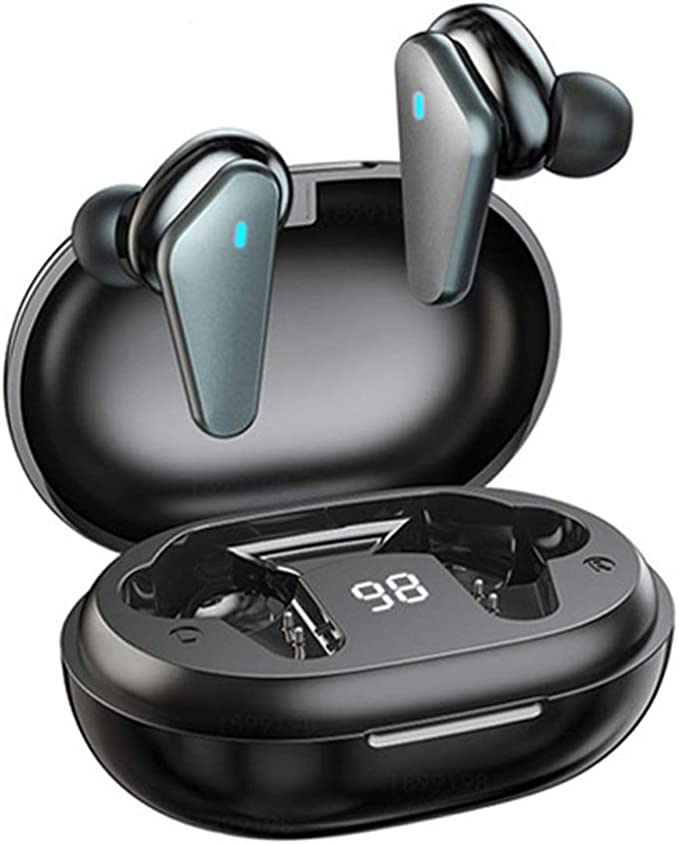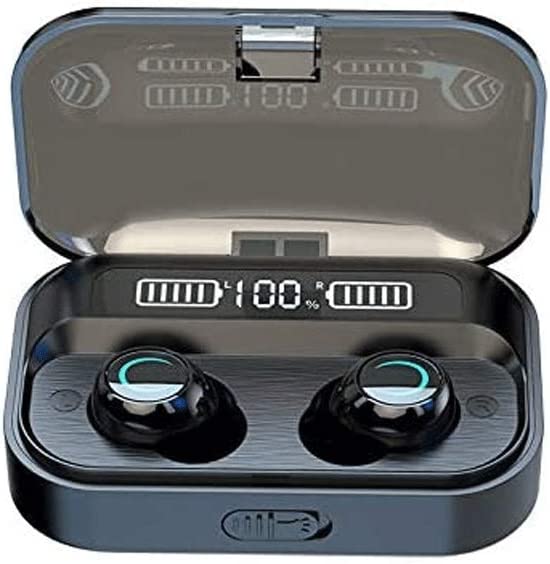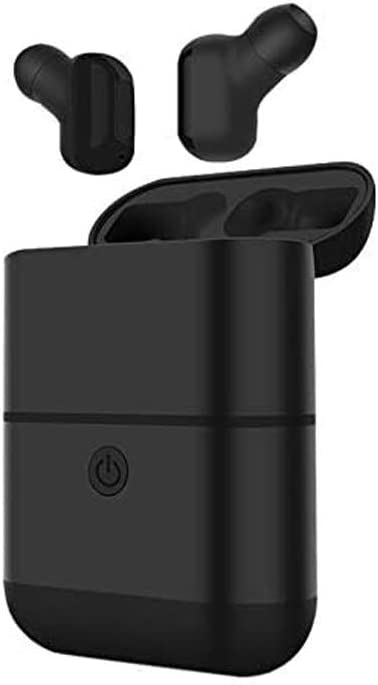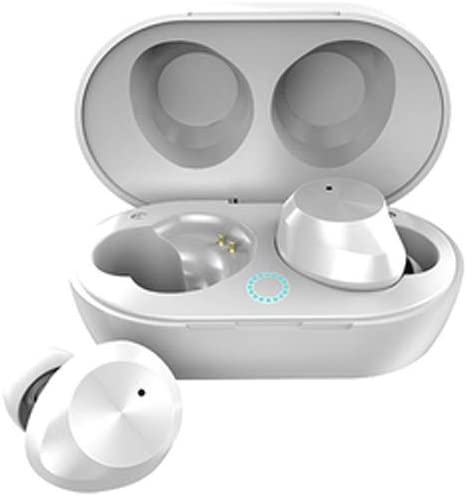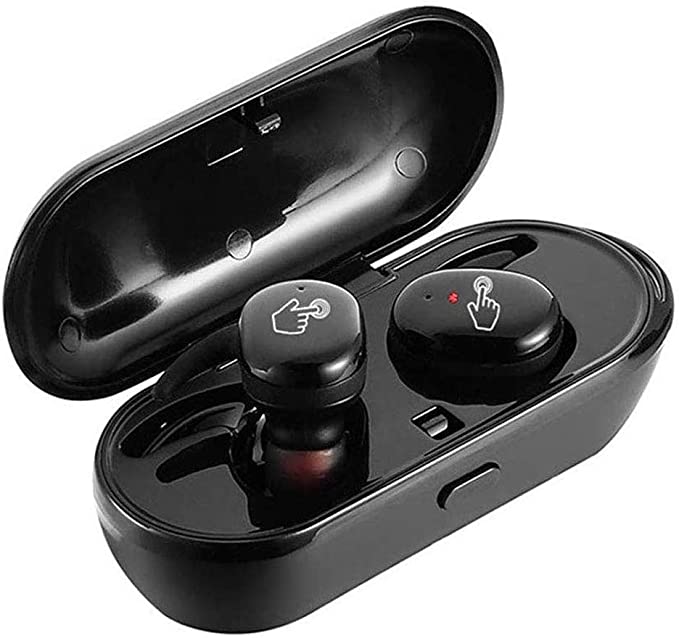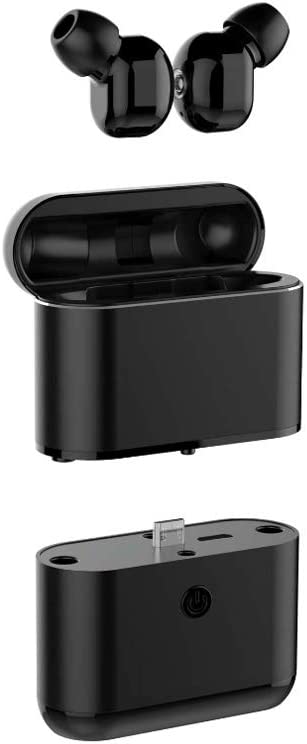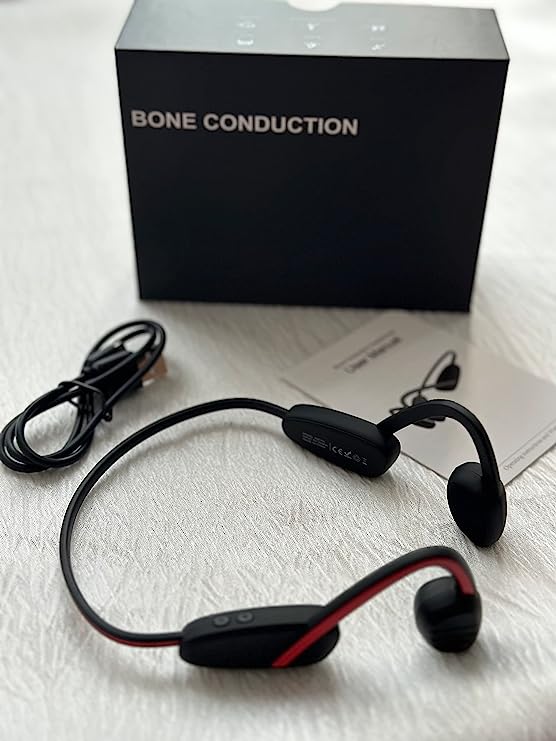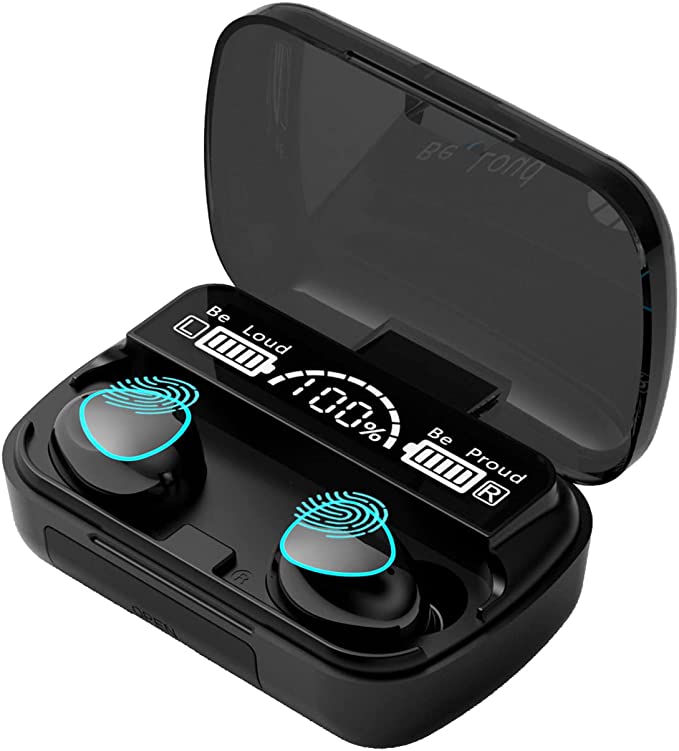Siniffo HS1 Bone Conduction Headphones: Open-Ear Audio for Safer Sports
Update on June 27, 2025, 10:08 a.m.
It’s the early 1800s. In a quiet room in Vienna, a deafening silence surrounds one of history’s greatest musical minds. Ludwig van Beethoven, frustrated by his failing ears, leans over his piano. He clenches a wooden conducting rod between his teeth and presses the other end to the instrument’s soundboard. As he strikes a key, a miracle occurs. The sound, bypassing his damaged ears entirely, travels through the wood, through his jaw and directly into the bones of his skull. In that moment, he could feel the pitch, the resonance, the soul of his composition.
What Beethoven had stumbled upon was a fundamental principle of acoustics: bone conduction. He proved that hearing wasn’t solely the domain of the eardrum; sound is, at its core, vibration, and our very skeleton can be a conduit for it. Centuries later, this same remarkable science, refined and miniaturized, is no longer the last resort of a deaf genius but an elegant solution for modern life, embodied in devices like the Siniffo HS1 Bone Conduction Headphones.

Your Skeleton is Already a Speaker
Ever wonder why you cringe at the sound of your own voice on a recording? It sounds thin, high-pitched, and just… not you. The reason is bone conduction. When you speak, you hear yourself through two channels simultaneously: sound waves traveling through the air to your eardrums (air conduction), and vibrations from your vocal cords traveling directly through your skull to your inner ear (bone conduction). Your skull is better at transmitting lower-frequency vibrations, giving your voice a richer, deeper tone that only you can hear. A recording only captures the air-conducted sound, stripping away that familiar bass.
Bone conduction headphones simply hijack this natural, secondary hearing channel and make it the primary one. Instead of tiny speakers that push air, they use transducers. Think of these as miniature, precision-engineered vibrators that rest on your cheekbones. They convert the electrical signal of your music into micro-vibrations, sending a private concert directly to your cochlea—the inner ear’s spiral-shaped sound processor—completely bypassing the eardrum. The result is a magical open-ear experience: your music is clear and personal, while your ears remain completely open to the world.

From Hearing Aids to a Headset: Engineering the Experience
This technology isn’t a gimmick; it has a long, proven history in medical hearing aids and specialized military communication headsets. The challenge for consumer devices like the Siniffo HS1 is to transform this functional science into something comfortable, durable, and enjoyable for everyday use. This is where modern engineering shines.
First, there’s the frame. A headset designed for sports must be both unnoticeably light and unyieldingly secure. The HS1 is built around a 29-gram memory titanium alloy frame. The choice of titanium is critical. It offers an incredible strength-to-weight ratio, but more importantly, it possesses material “memory.” You can bend and twist it to fit your head, and it will gently but firmly hold its shape, ensuring it stays put during a run or a bike ride without creating painful pressure points.
Next, it must survive the reality of a workout: sweat. The HS1 carries an IP55 rating. According to the International Electrotechnical Commission (IEC) standard 60529, this means it is protected from dust ingress and can withstand low-pressure water jets from any direction. In plain English, it’s a reliable partner that’s impervious to your sweat and will shrug off a sudden rain shower. Just don’t take it for a swim.
Finally, the experience must be seamless. This is handled by Bluetooth 5.0, the invisible thread connecting you to your audio. It ensures a stable, low-energy connection that makes the claimed 8-hour battery life feasible. And for those moments of forgetfulness, a quick 10-minute charge via the modern Type-C port can deliver up to 1.5 hours of playback—enough to get you through your entire workout.

The Honest Conversation: Sound, Silence, and Compromise
Now, let’s have an honest conversation. Is the audio quality of bone conduction headphones going to rival your over-ear, noise-canceling studio cans? No. And it’s not designed to. This is a technology of brilliant compromises, and understanding them is key.
The most common question is about sound quality, particularly bass. Because the technology relies on vibrating bone rather than moving large amounts of air, it excels in the mid-to-high frequency range—perfect for podcasts, audiobooks, and the clarity of vocals in music. However, it cannot replicate the deep, visceral sub-bass that you feel from a traditional subwoofer or in-ear monitor. It’s a limitation of the physics involved.
Then there’s sound leakage. Yes, if you crank the volume to maximum in a silent library, the person next to you might hear a faint, tinny whisper. This is because any vibration strong enough to be perceived as sound by your bones will inevitably cause some vibration in the surrounding air. Siniffo claims its “fully enclosed cavity” reduces this by about 50%, an engineering attempt to dampen these stray vibrations, but eliminating them entirely is a challenge.
And what about the microphone? User reviews often point to subpar call quality, and there’s a scientific reason for it. A microphone placed on your cheekbone is simply too far from your mouth—the source of the sound—to effectively isolate your voice from background noise. While the dual-mic system uses noise-canceling algorithms, it’s fighting a battle against distance. It’s perfectly adequate for a quick call in a quiet room, but it won’t be your first choice for an important conference call from a busy coffee shop.

Rediscover Your World: The Philosophy of Open-Ear Listening
Understanding these trade-offs allows us to appreciate the true purpose of the Siniffo HS1. This device isn’t about creating a perfect, isolated audio bubble. It’s about tearing that bubble down. It’s for the cyclist who needs to hear the hum of an approaching electric car, the runner who wants to exchange a quick “hello” with a neighbor without fumbling to pause their music, and the parent working from home who needs to stay tuned in to a meeting while also listening for their child’s call from the other room.
It’s a fundamental shift in listening philosophy—from immersion to integration. You are not sacrificing audio fidelity; you are gaining situational awareness. You are choosing to layer your personal soundtrack onto the rich, unpredictable symphony of the real world, rather than replacing it.

The Echo of Beethoven’s Rod
From a deaf composer’s wooden rod to a flexible titanium headset, the journey of bone conduction is a testament to human ingenuity. The core principle remains unchanged: to find new pathways for the timeless experience of sound. Devices like the Siniffo HS1 aren’t just another pair of headphones. They are a modern tool for balance, a bridge between our digital lives and our physical surroundings. They invite you to enjoy your concert without missing the cadence of life itself.
